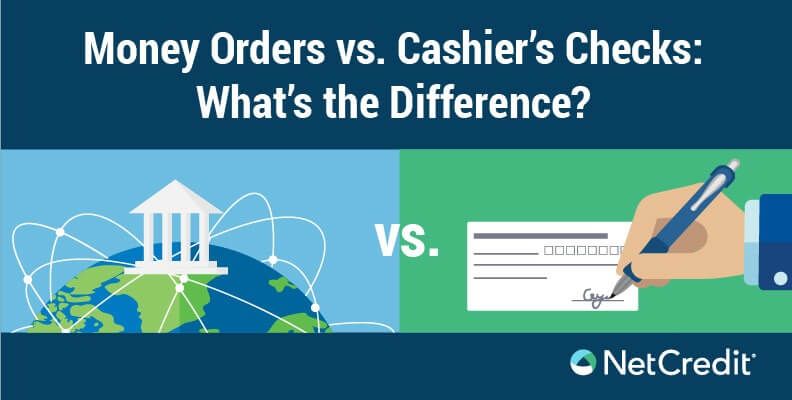If you’re on the house hunt, you’ve probably encountered a couple of terms again and again — cashier’s checks and money orders. Although the two can, often, perform the same roles, acting as trusted forms of payment, there are big differences between the two. What are they? Learn more about them below
Money Orders vs. Cashier’s Checks
What is a cashier’s check?

- A cashier’s check is a check guaranteed by a bank.
- It’s drawn on the bank’s own funds and signed by a cashier.
- When an individual goes to their bank asking for a cashier’s check, the bank immediately debits the desired amount from the individual’s account and places it in its own reserves to guarantee the funds.
- They are different from certified checks, which are drawn from the customer’s account, with the bank certifying that the signature is genuine and that there are funds to cover it when the check is issued.

Big Idea
Because the bank, rather than the purchaser, is responsible for paying the amount, cashier’s checks are treated as guaranteed funds.
Cashier’s checks are often seen as:
- More trustworthy than personal checks
- Less risky

What is a money order?

- Money orders can be obtained through financial institutions like banks or credit unions, as well as third parties like grocery and convenience stores.
- Like cashier’s checks, money orders may be used as a means for paying a security deposit on a rental property. They may also be used as a method for paying bills or sending money internationally.

Big Idea
Money orders provide an alternative for individuals who don’t have a checking account.
Money orders are often seen as:
- Alternatives for individuals without checking accounts
- Easy to access from a variety of locations

Looking for more information on financial options and terms? Visit our resource page for a glossary of terms you may find helpful.







